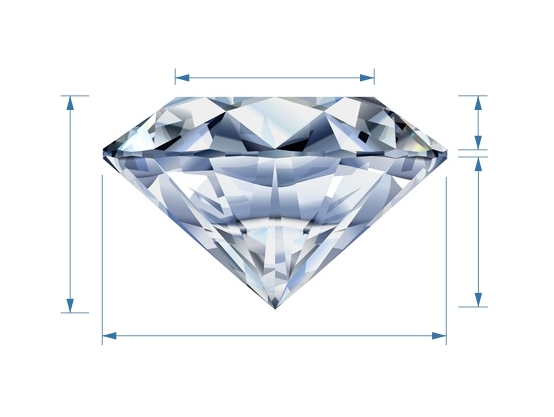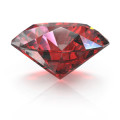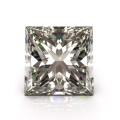Sapphire is one of the most durable gems on the market, second only to diamonds in hardness. Most people are aware of the common blue variety, but this stone does come in other colors. There is also pink, green, white, violet, yellow and colorless sapphire. The yellow and clear sapphires can have a higher price tag, but their rarity makes them an interesting purchase.
The sapphire, like the diamond, has its quality judged by color, cut and the presence of imperfections.

Blue sapphire gemstone
Sapphire Color
Look for sapphires whose color is intense and deep.
If the stone is too dark or too light, or if the color is muddy and resembles ink, then the sapphire is considered less desirable.
The color of a high quality sapphire will be rich even in settings that are not well lit.
Clarity and Imperfections in Sapphire
Stay away from stones with visible imperfections. The sapphire should be reasonably clean when viewed with the naked eye. Too many inclusions will make the stone less clear and also detract from its color.
It is also advisable to look at the stone using a jeweler’s loupe. If you see long internal inclusions, that is a warning sign. The bigger inclusions the stone has, the more likely it is that it will crack if hit.
It is also recommended to purchase your sapphire loose as you will be able to look at the stone from all sides in order to spot any imperfections that may otherwise be hidden in a mounting.
Shape and Cut of Sapphire
The other main consideration when purchasing sapphire jewelry would be the shape.
Because of the durability of the sapphire and the way the crystal has formed, it can be carved into almost any form that a person can envision.
A good cut will enhance the light that goes into the stone and make it sparkle.
The most common shapes that are sold for sapphire jewelry are round, oval, pear, square and trillion. Generally, round cuts tend to be a little more expensive.
Treated Sapphire Stones
A lot of the blue sapphires on the market are treated with heat for improved color.
It is worth noting that for high quality stones, untreated sapphires are much more expensive than enhanced ones.
However, this tendency is not observed for low quality grades.
Always ask whether the stone has been treated because this might not be visible to you unless you look at the sapphire under a microscope.
Synthetic Sapphires
Sapphires created in a lab are usually less expensive than natural ones.
You should always ask whether the stone is synthetic.
Artificial stones can be recognized by their very high clarity. They also look more like glass than a real gemstone.
Certification of Sapphires
Ask for a certificate that verifies the jeweler’s claims about the sapphire’s quality, especially if you are purchasing an expensive stone.
The most reliable certification source is the G.I.A. (the Gemological Institute of America).
It is also good to know that the highest quality sapphires come from Sri Lanka and Kashmir, so it never hurts to ask what the origin of the stone is and whether the seller has a written proof of it.
Sapphires from these regions tend to have a very intense blue color, which is considered a sign of top quality.
Where to Buy Sapphire?
We recommend James Allen (read review) because you can take a 360-degree look at any sapphire before having it set in a piece of jewelry.
We also recommend Blue Nile and Ross-Simons.














